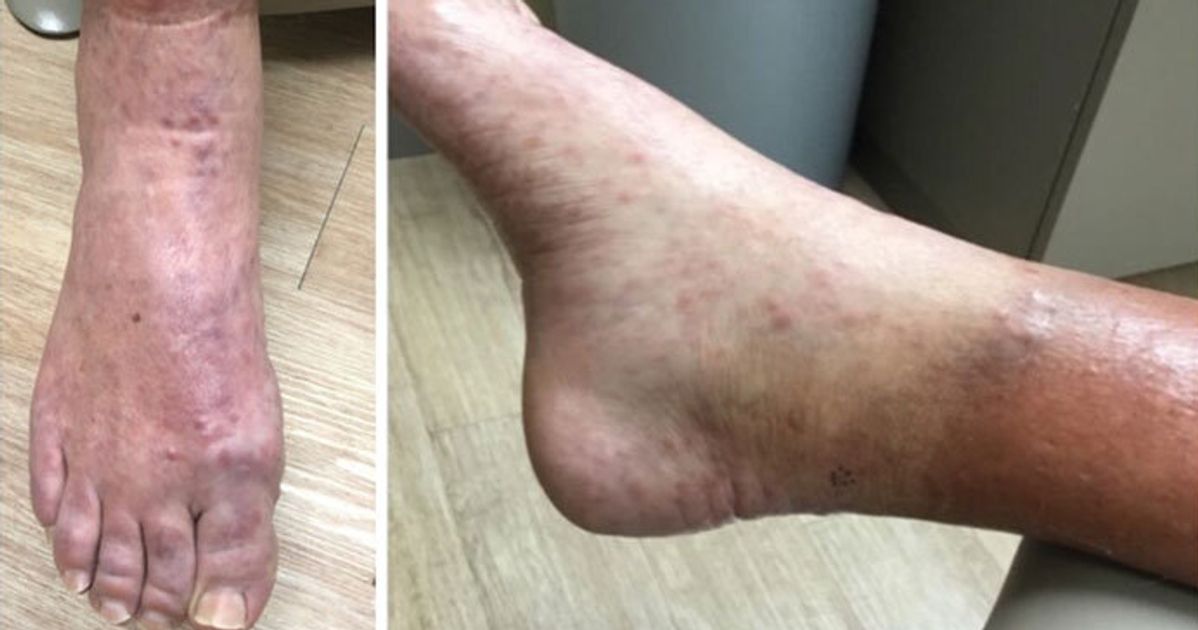Cases of leprosy have been on the rise in the U.S., with the Centers for Disease Control and Prevention now suggesting that the historically uncommon disease has become endemic in the Southeast.
In a research letter published last month, the CDC reported that cases of leprosy, also known as Hansen’s disease, have more than doubled in the southeastern U.S. over the last decade. Of the total cases reported nationwide, nearly one-fifth of them were in Central Florida, where 81% of the state’s cases have been reported, the CDC said.
The federal health agency advised physicians to consider travel to Florida a potential risk factor for infection, even when an individual doesn’t have other risk factors for the disease.
“Travel to this area, even in the absence of other risk factors, should prompt consideration of leprosy in the appropriate clinical context,” the letter states.
It’s not clear why cases of leprosy are on the rise. The CDC did not uncover any traditional risk factors in the course of contract tracing for the infected patients it examined.
It’s also not fully clear how the disease is transmitted. It can take years before an infected person shows symptoms, the agency said.
Prolonged human-to-human contact through respiratory droplets is the most widely recognized way leprosy is transmitted. The disease can also spread from contact with animals, specifically armadillos, though there have been several cases in Central Florida where there was no evidence of infection from an animal.

Elizabeth W. Kearley via Getty Images
In the past, people infected with leprosy in the U.S. had generally traveled from leprosy-endemic areas. The disease is widespread in some countries in Africa, Asia and South America.
However, the CDC said that roughly 34% of U.S. infections reported from 2015 to 2020 appear to have been locally acquired in Florida, which first reported cases of the disease in 1921, according to the Florida Department of Health.
The CDC cited a 54-year-old Florida man, who was recently diagnosed with the disease after developing a painful rash on his face and body, as an example of someone who had no known risks for infection.
“He denied any domestic or foreign travel, exposure to armadillos, prolonged contact with immigrants from leprosy-endemic countries, or connections with someone known to have leprosy. He has resided in Central Florida his entire life, works in landscaping, and spends long periods of time outdoors,” the CDC said.
The CDC concluded that it’s worth investigating environmental reservoirs in Florida as a potential source of transmission. It also said more physicians should be made aware of how to recognize and report the disease.
“By increasing local physician efforts to report incidence and supporting further research to assess routes of transmission, a congruent effort can be made to identify and reduce spread of the disease,” the letter states.
Florida’s Department of Health did not immediately respond to a request for comment Tuesday.
Leprosy can be cured with prolonged treatment. But if left untreated, it can cause the crippling of the hands and feet, paralysis and blindness. Globally, as many as 2 million people are permanently disabled as a result of the disease, according to the CDC.

